Old St Paul’s: The Tudor Rose and the Spanish Pomegranate Entwine – Part I
Katherine of Aragon Marries Arthur, Prince of Wales
In the run-up to the release of the TV series, The Spanish Princess, we have an opportunity to delve into the real-life story of Katherine of Aragon by following in her footsteps, as she prepares to fulfill her destiny and marry Arthur, Prince of Wales at the cathedral of Old St Paul’s in London. This blog post is the first of two, both of which will take us time-travelling to November 1501. We will be a fly on the wall at the royal nuptials, following Katherine as she makes her state entry into London from Lambeth. In the second part of this post, published next week, we will explore her lodgings at the Bishop of London’s Palace and be a guest at the wedding itself. So, let’s get dressed in all our finery. We have a wedding to go to!
The Road to Old St Paul’s
Katherine of Aragon, the Spanish Princess, was raised to expect a life of privilege. Having been betrothed to Arthur, Prince of Wales, when she was just 3 years old, Katherine always expected to become queen of England and to live out her life at the very pinnacle of Tudor society. When her second husband, Henry VIII, fell hopelessly in love with Anne Boleyn, she was marginalized, bullied and, in the end, discarded and left to live out her days exiled from court amidst the damp Cambridgeshire fens, much to her animated chagrin. Across time, we can hear the echoes of her dogged determination to live and die as Henry’s wife and queen; stubborn, unyielding and self-righteous – she played the victim of injustice to perfection!
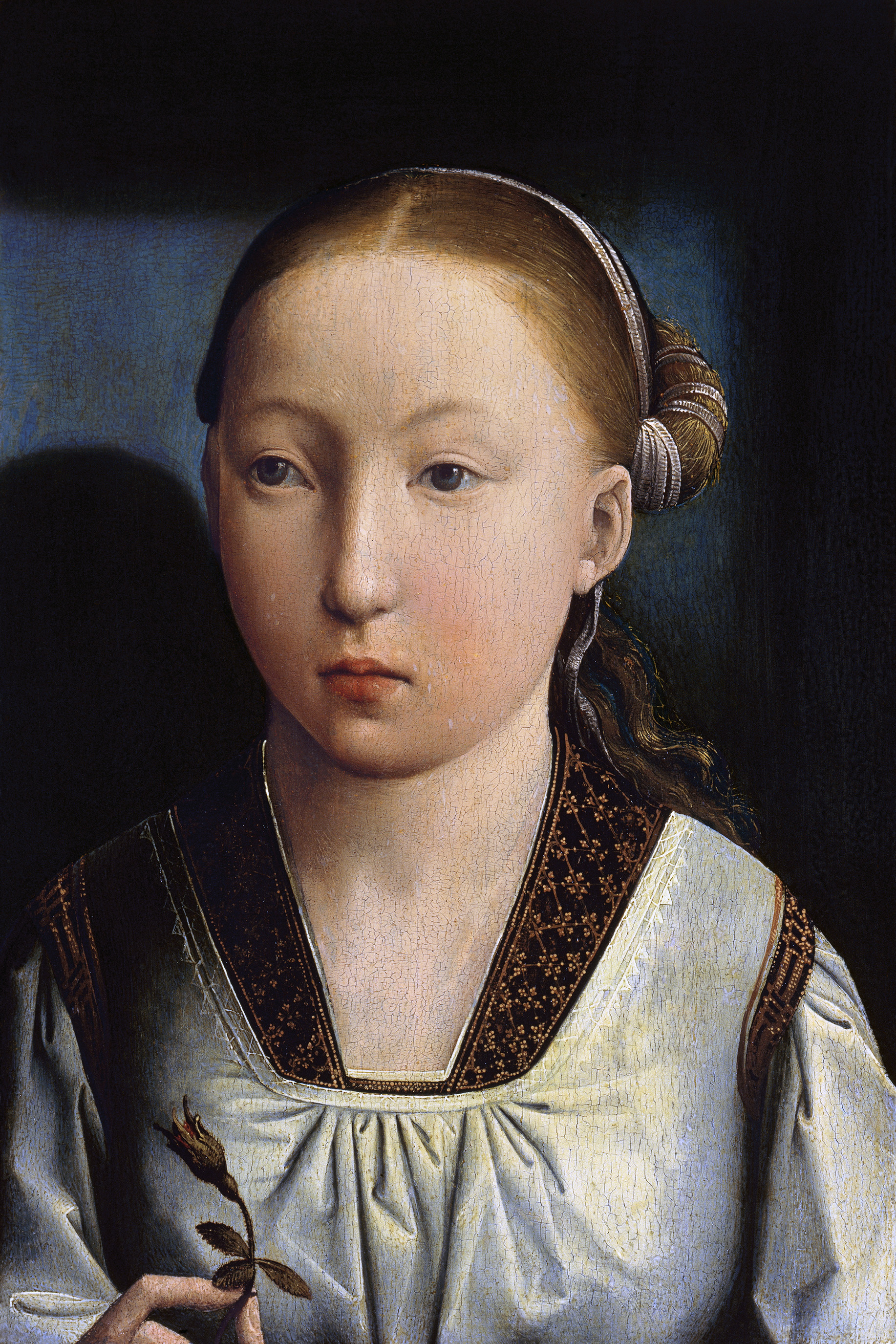
Being a loyal servant of Anne Boleyn for almost as long as I can remember, I admit to finding Katherine particularly irritating – perhaps much as Anne did! However, having delved ever more deeply into her life over the last few years, writing in some detail about some of the places that are so intimately associated with her (such as Tickenhill House, (where she was married by proxy) or the two locations associated with her exile, Buckden Palace and Kimbolton Castle) for In the Footsteps of the Six Wives, I began to see the events that unfolded around her through increasingly empathetic eyes. There is no doubt that this sympathy has only been increased through researching the place in which she was finally married to Arthur, Prince of Wales on 14 November 1501: Old St Paul’s Cathedral in London.
Amidst enormous pomp and ceremony, Katherine was welcomed to London. Pageants and poems played out in her honour; she was lodged and feted as the future of the Tudor dynasty, and from being the youngest (and perhaps, therefore, the least significant) daughter of great Spanish rulers, she became the centre of attention – and of hope. When we read the account of her wedding, there is such joy, such expectation, and such enormous regard for this 16-year-old, that we begin to wonder how Katherine could have reacted any differently to her later position as persona non grata.
The events, and celebrations, of this no doubt chilly, autumn day are captured extensively in The Receyt of the Ladie Katheryne, a contemporary account of Katherine’s arrival in England, and of her subsequent marriage at St Paul’s. It is an event that anyone interested in Tudor history has heard of; but what really went on that day? What do we know of the places that were the backdrop to these extraordinary celebrations? How much closer can we get to Katherine by recreating those places that witnessed her moment of glory?
In this post, we will follow Katherine from the place where she began her progress into the City of London, La Place in Lambeth, past iconic landmarks of Tudor London, until she reached her final destination, the Bishop of London’s Palace, immediately adjacent to Old St Paul’s. Here, Katherine would stay on the days before and immediately after her nuptials. Next week, we will also learn about St Paul’s itself, and just what we might have seen had we been a fly on the wall on that cold, November day. So, let’s follow in Katherine’s footsteps and see what we can find!
From One Ecclesiastical Palace to Another…
We begin our journey in Lambeth on Friday 12 November 1501. Katherine was meant to set out for the city from Lambeth Palace on the south bank of the Thames, home to the then Archbishop of Canterbury, Henry Deane. However, the palace had been ‘dismantled’ after the recent death of Archbishop Moreton. With the new Archbishop unable to prepare the princess’ lodging in time, she was apparently put up at La Place, the Bishop of Rochester’s residence, also in Lambeth. It was from here that Katherine began the final leg of her eventful journey, which had begun in Spain on 27 September, some six weeks earlier.
According to The Receyt of the Ladie Katheryne, having dined at La Place, the Princess assembled her Spanish retinue and set out along the south bank, towards Southwark, which lay to the east of Lambeth. She is described as having ‘a rich apparel on her body after the manor of Spain’, i.e. Katherine was dressed according to Spanish fashion. Most of the description of her attire, though, is focused on her head; the princess sported a carnation coloured coif beneath a ‘little hat’, fashioned ‘like a cardinal’s hat’; her hair was worn loose, ‘hanging down about her shoulders’, and described as being ‘fair auburn’ in colour.
The princess’ retinue made its way towards Bermondsey Abbey, and to an area of adjacent, marshy land known as St George’s Fields. Awaiting Katherine was ‘a right semely company’ assigned by ‘the Kinges Grace’ [Henry VII] to escort the princess and her entourage through the city to her lodgings. This party was led by her future husband, Henry, Duke of York; the future King Henry VIII.
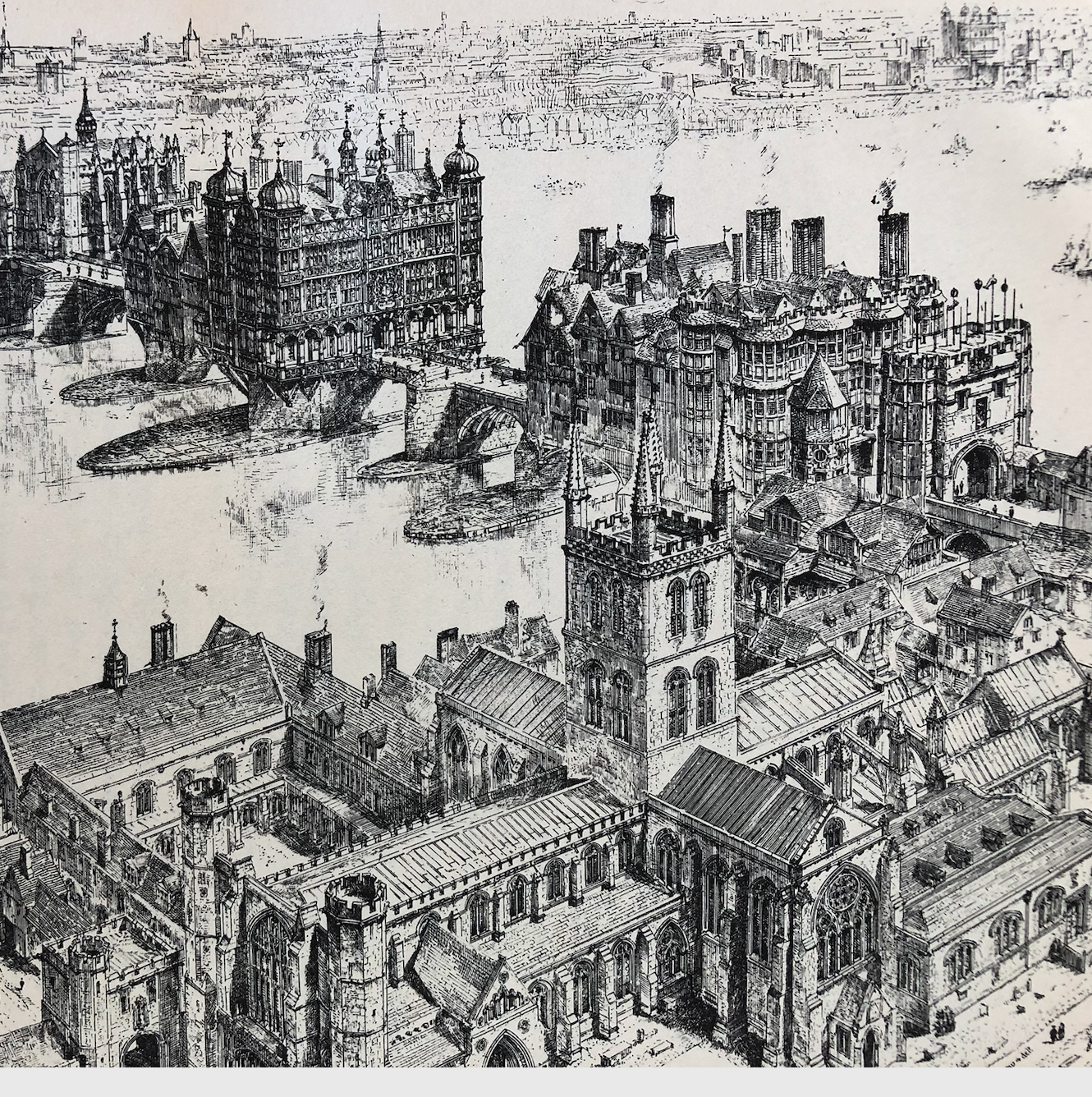
Processing onwards, the Princess’ train ‘passed through Southwark til they came to the entrance of the great bridge of London’, i.e. Old London Bridge, where the first of 5 pageants was staged. The play was arranged around a tabernacle in the middle of the bridge, and the theme was centred on St Ursula and St Katherine who, according to legend, were both princesses and paragons of saintliness, virginity and purity. While copious detail and fulsome descriptions of all the pageants is given in The Receyt, for brevity, we will only touch briefly on each one in turn as we make our way to St Paul’s.
From London Bridge, Katherine crossed onto the north bank of the Thames and into the City of London. Ahead lay Gracechurch Street, where the second pageant was staged; this one was called ‘the Castle with Portcullis’ – and for good reason. A large timber-framed castle, covered in canvas and painted to look like stone, had been erected in the widest part of the road. The castle was festooned with English, royal imagery including: gold crowns; St George’s Crosses; red roses of Lancaster; ‘a red dreadful dragon holding a staff of iron’ as well as the king’s arms. Even more remarkable was the fact that the roadway seems to have passed right beneath the castle. It must have been a huge structure and quite a sight to behold!
At the top of Gracechurch Street, the royal procession turned left, heading west into Cornhill, part of the main thoroughfare which ran east-west across the city from Aldersgate in the east to St Paul’s in the west. At this point, the huge spire of old St Paul’s Cathedral would have been well within sight, lying ahead at the far end of Cheapside.
It was Cornhill that hosted the third pageant, located roughly halfway along the street, next to a conduit. The theme of this third display was the ‘fatall’ disposition of the Princess Katherine – and her royal destiny. This contrasted perfectly with the fourth, located on the wide thoroughfare which was ‘Cheapside’. Cornhill essentially ran straight ahead into Cheapside, connected via a short stretch of road named, ‘Le Pultrye’ or, ‘Poultry’, as it is known today. The first of two Cheapside pageants was staged between the ‘Great Conducte’ (conduit) and the Standard (another conduit), roughly one-third of the way from the east end of the street, while the fifth was staged just a little further up the road, next to the Standard itself. This time the speeches delivered a similar eulogy to Arthur, Katherine’s soon to be ‘spouse most bounteous’.

In Tudor England, Cheapside was one of the great thoroughfares of London. The road ran west from St Paul’s in an easterly direction for about 300-400 metres. While the street was wide, the stone and timber-framed houses and shops that lined Cheapside would have towered over the royal procession, their pitched, gabled roofs and the dominating spire of St Mary-le-Bow soaring above the street below. John Stowe, writing towards the end of the sixteenth century, speaks of how the buildings in Cheapside had developed since ‘former times’:
From the great conduit west be many fair and large houses, for the most part possessed of mercers up to the corner of Cordwainer street, which houses in former times were but sheds or shops, with solers [solars] over them, but those sheds or shops, by encroachments on the high street, are now largely built on both sides outward, and also upward, some three, four, or five stories high.
No doubt these houses would have been draped in colourful banners and arras, as we see on the depiction of the coronation procession of Edward VI (see below).
Fascinatingly, we are treated to another insight into the events unfolding at the penultimate pageant. In a nearby merchant’s house, overlooking the road, we hear that congregated in a manner ‘somewhat privy and secret’ was Henry VII, the Lord Prince [Arthur, I presume, since Henry was riding in the procession] and the Earls of Oxford, Derby and Shrewsbury, amongst others. Then, in a second room, was Queen Elizabeth, Margaret Beaufort (‘my lady the King’s Mother’) and the Princesses Margaret and Mary, nearly 11 and 5 years old respectively, and ‘many other ladies of the land’. It was clearly quite a social occasion with everyone excited to see England’s newest princess!
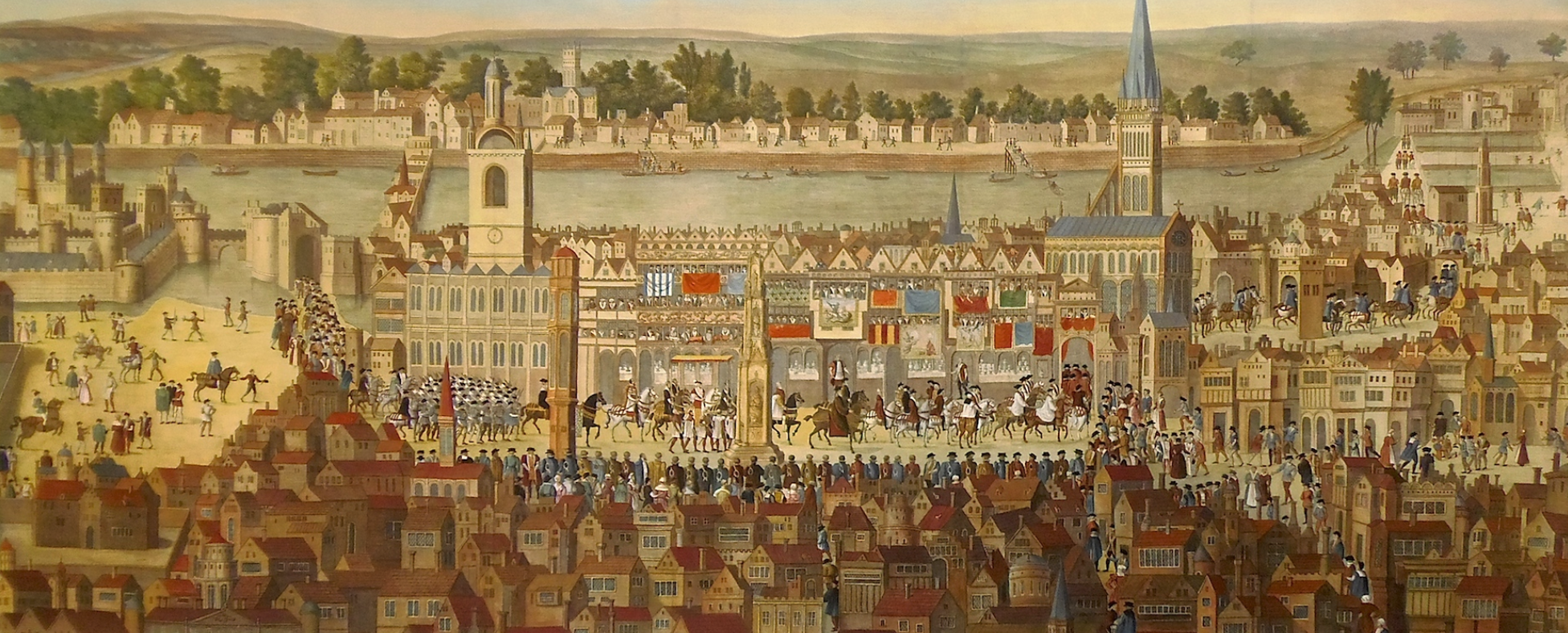
Here, we must pause for a moment and peer down on the street and learn a little more of the procession passing by our window. Accompanying the great train of lords, ladies, gentlemen, officials and prelates was the jovial sound of a ‘great number’ of ‘trumpets, shalmewes and sakbotes’, which the princess had brought with her ‘out of Spain’. English and Spanish ‘gentlemen’ rode in pairs, side-by-side. Immediately in front of Katherine was the ‘earl, archbishop and bishop’ who had come with her from Spain, followed by the princess herself riding a ‘richely trapped mule’, accompanied by Prince Henry riding on her right, and the Legate of Rome on her left.
Afterwards, followed a great retinue of ladies on horseback and in chariots, and behind them a stream of footmen, all snaking their way on along the wide, straight thoroughfare of Cheapside until reaching the final pageant. This was sited next to the ‘little conduit’, at the end of the road and just out-with the precinct of St Paul’s. The 7 virtues awaited the princess here, surrounded by ‘virgins in white garments’ with two empty thrones, reserved for the prince and princess. When the pageant had played to its finale, the mayor of London and other aldermen presented Katherine with ‘much treasure and plenty of plate with silver and gilt [and] basins and pots filled with coin [money] to a great sum’! Can you imagine all that wealth in one go?!
Inside the Precinct of Old St Paul’s
Finally, Katherine reached her destination, Old St Paul’s Cathedral. The abbey church was contained within its own precinct, surrounded by a high wall which was fitted with six gates, all locked at night, and opened every morning, to keep out unpleasant characters through the hours of darkness. St Paul’s Gate, a ‘little gate’, (in comparison, one imagines, to the Western Gateway, the main gateway accessing the compound from the west) gave entrance to the north-east corner of the churchyard. The image below shows exactly the sight which greeted Katherine as she first entered the churchyard; with St Paul’s Cross in the centre of the picture and the Bell Tower to the left. The great procession must have swept past the east end of the church (with its massive – and famous – rose window) and skirted around the south side of the building, before arriving at the main, western doors.

At the west doors, Katherine dismounted from her mule, ‘richly trapped after the manor of Spain’ and was greeted at the steps of the cathedral by Henry Deane, Archbishop of Canterbury. Nobody knows exactly what the west end of the medieval church looked like; there is mention of ‘the Galilee Porch’ and in another account ‘three arches’, with the central one having a ‘large brazen door post’, and two great towers rising up at either side of the facade. The one on the right was called the Lollard’s Tower, and it had a grizzly reputation as a prison for heretics (Bishop Bonner, so-called ‘Bloody Bonner’, would have a field day here in the reign of Mary I!), while the one on the right was part of the Bishop of London’s Palace. We shall come back to this shortly.
From here, we must imagine another solemn procession in which Katherine is led through the nave of Old St Paul’s, accompanied by the archbishop; the Bishop of Durham, and the choir of St Paul’s and ‘other prelates’, first to the high altar in the east end, and then to the nearby Shrine of St Erkenwald. This was a popular site of medieval pilgrimage, and here, the Spanish Princess ‘made her devout’ offering to the saint and one time Bishop of London (see image below). Afterwards, the procession retraced its steps and Katherine was delivered to her lodging place, the Old Bishop of London’s Palace.

And so, according to the chronicle, ‘this done, every man departed to his own lodging’. And so shall we! The day has been a whirlwind of celebration, and next week we shall go inside the palace and follow Katherine down the aisle as she is finally married to England’s heir to the throne, 13 years after becoming the future Princess of Wales.
Visitor Information
Unfortunately, much of medieval London, including Old St Paul’s Cathedral was destroyed by the Great Fire of London in 1666, and so there is little left to see of the landmarks we have described. However, the street names: Gracechurch Street; Cornhill; Poultry and Cheapside all survive, so that you can walk the route taken by the procession, should you wish. Sadly, Old London Bridge was finally dismantled in the early nineteenth century, but Lambeth Palace can still be visited, as part of a pre-booked, guided tour. ‘St George’s Fields’, near Southwark, have long since been swallowed up by suburbia.

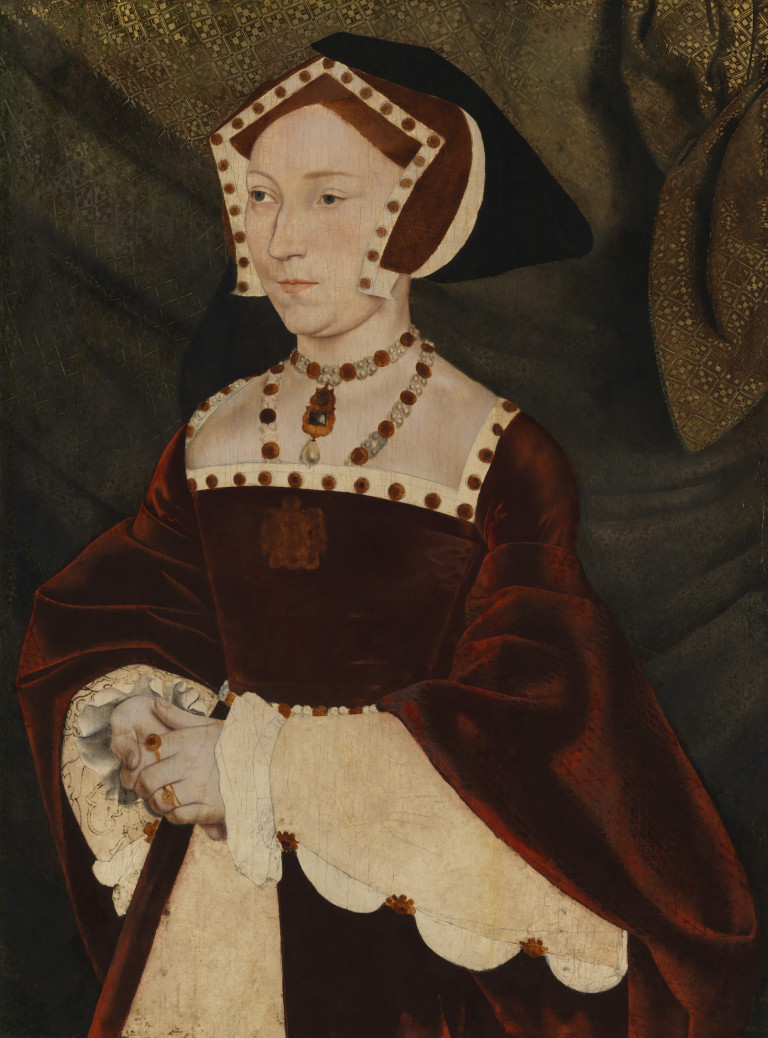
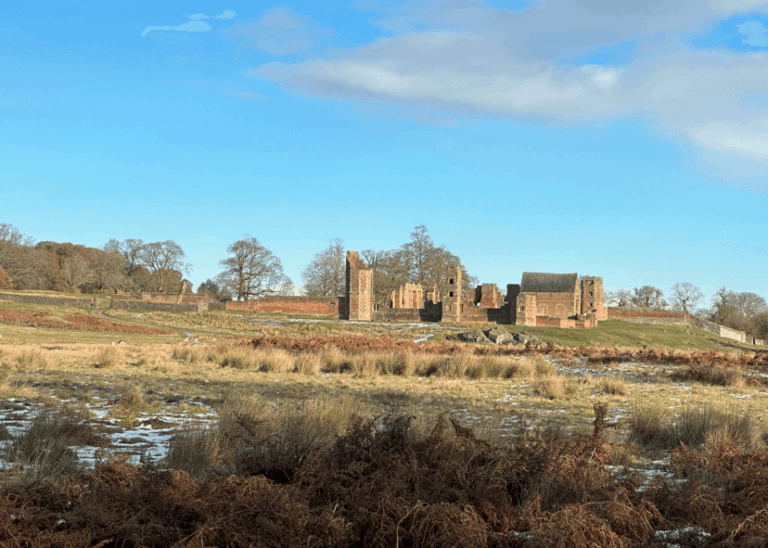
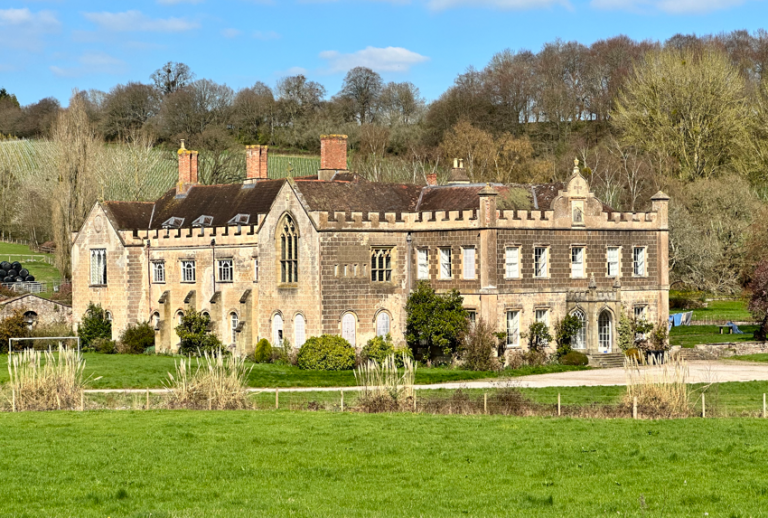
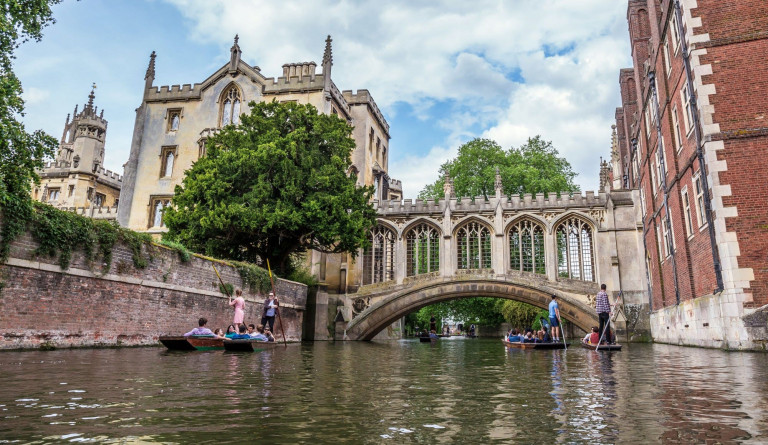
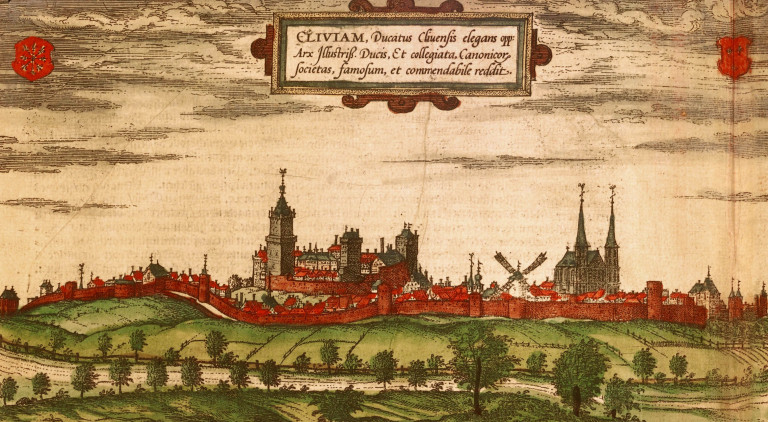
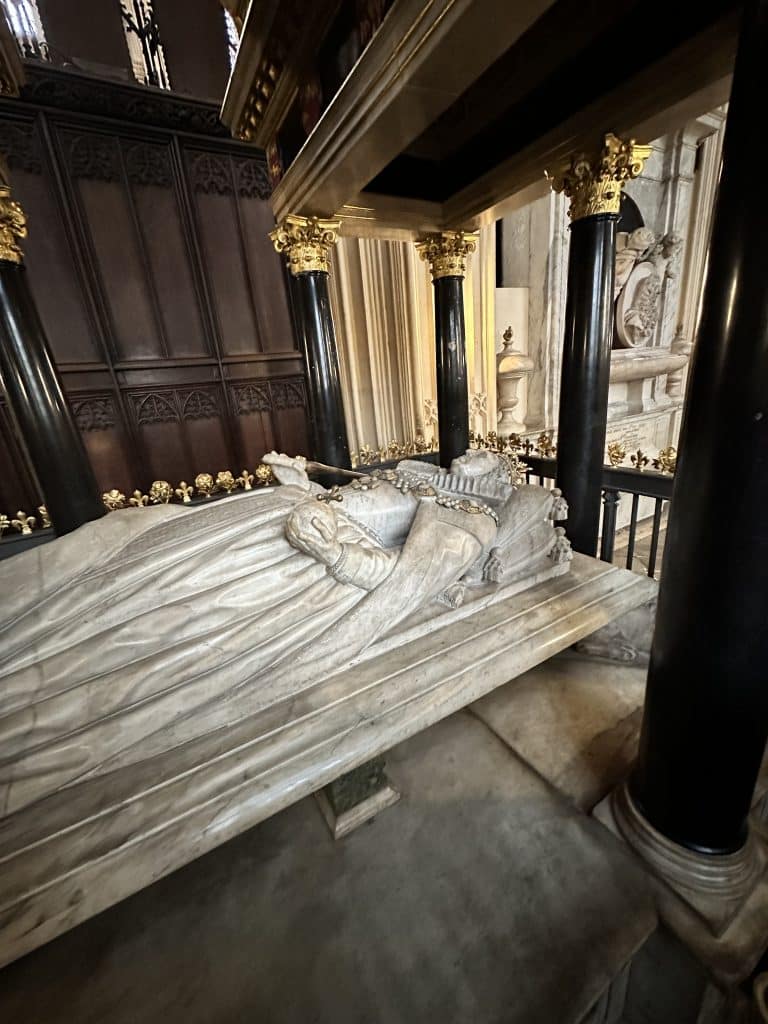
Hello,
I’m definitely enjoying everything I’ve seen so far. I’ve been reading about Tudor history for many, many years. One thing that puzzles me as I read the first chapter of one of your books, entitled “The medieval City of Canterbury – Abby of St Augustine” Paragraph one says “Anne would have seen on that stormy day in December 1538…” My readings have told me she died on the block in 1536. I’m sure what was meant was 1528, right? Otherwise, it’s great and I look forward to reading more. Thank you.
Hi Sandra, thanks for your note. Delighted you are enjoying the book! I just checked my copy – which incidentally says ‘1539’ not ‘1538’, so I am a bit confused that you have a different date. However, I am talking about Anne of Cleves, (not Anne Boleyn) who did pass through Canterbury in the final days of December that year. Does that make sense? I’d be interested if you could confirm that you have 1538 in your copy of In the Footsteps of the Six Wives. I’d then need to check with the publisher. Best wishes, Sarah